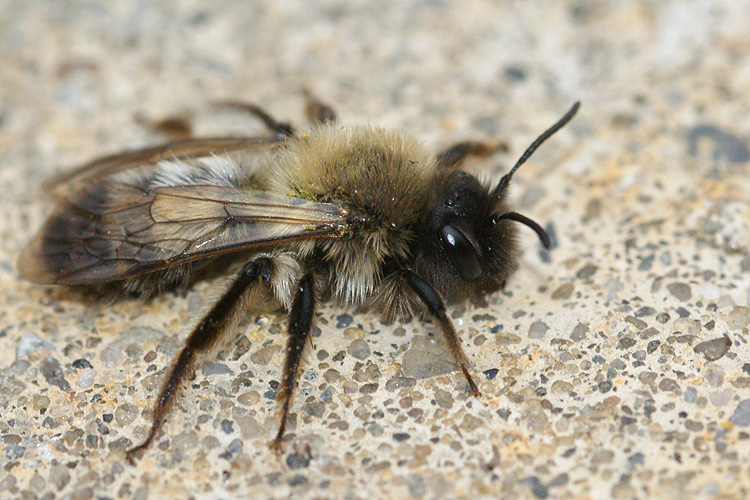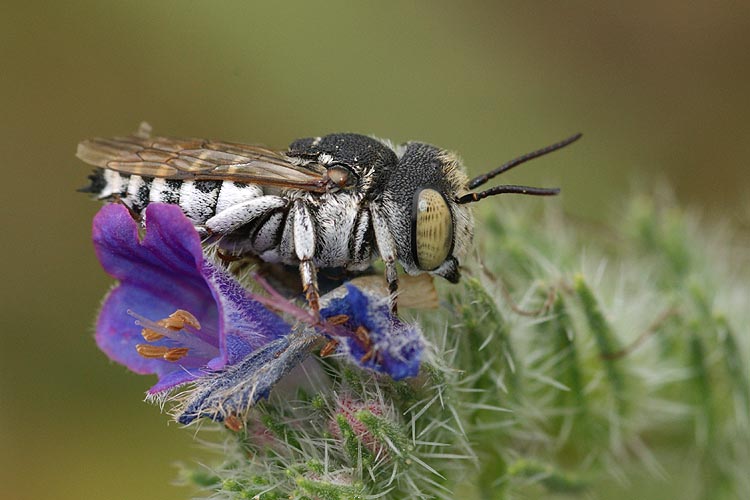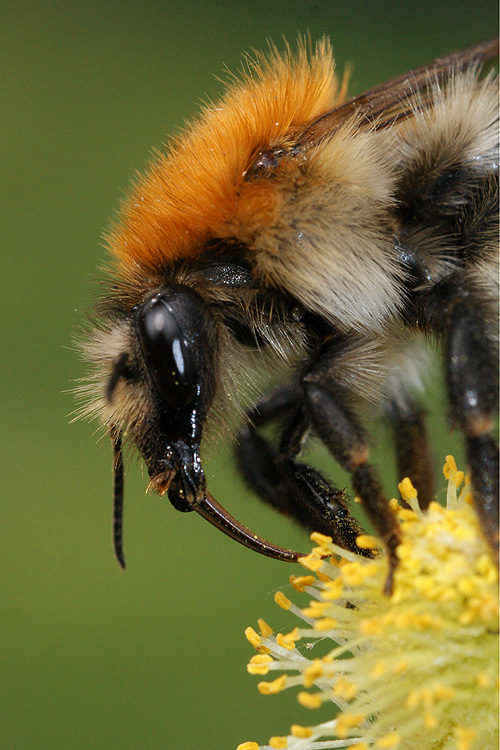Hai Harold, thanks for the info/feedback ; I'm no expert on honeybees but try to study and do inventories our wild bees overhere. The need for pollen and nectar is indeed quite different between solitary bees and honeybees. In solitary bees both adults eat/drink the nectar mainly for own use (energy) , the pollen is mainly used as food storage in the nests and is laid aside the (single) egg in the nest . This is why on blossoming male willow you will mainly discover females which collect the pollen for the nests. The males will be more abundant on flowering plants and will stake out on twigs and other open places in order to spot females and trying to mate with them. Since females are easier to id to species I thus stand mostly around males willows picking out the ones which look different ... and eacht year I have been able to id more species ( with the help of some specialists ) and learn more about them.
So it are mainly the female wild bees which visit both male and female plants and do a pretty good pollination taks. In honeybees the workers seem to be more specialised in their tasks and there are workers who fetch nectar and others who do pollen... so it looks like pollination might be lower ...
Anyway for the ones interested there's a great article on the economic value of insects all together (and bees make a good part of the studies ... ) "
The Economic Value of Ecological Services Provided
by Insects" by JOHN E. LOSEY AND MACE VAUGHAN , Bioscience vol 56 (nr 4) p 311/324. If interested inform me, I have a copy.
And before this starts to be an ecological forum , here's another shot another wild bee
Andrena flavipes ( male ) , like most mining bees an early flying species
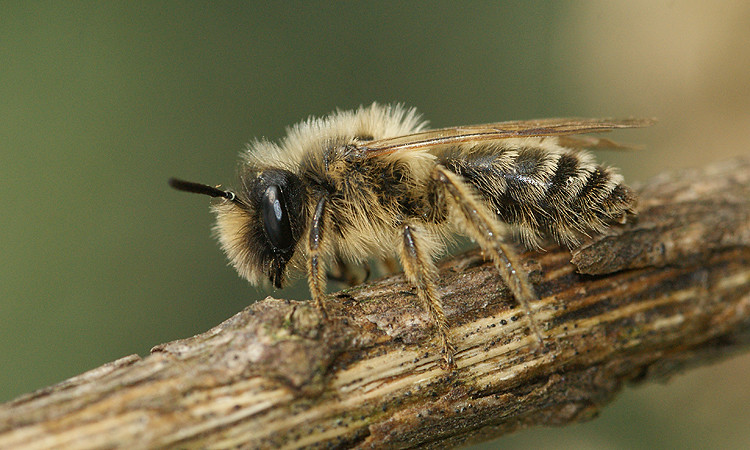
and here's the bee species the French cuckoo bee was interested in ( on the same Echium plant) ==> Anthidium florentinum , which mimicks a wasp ..
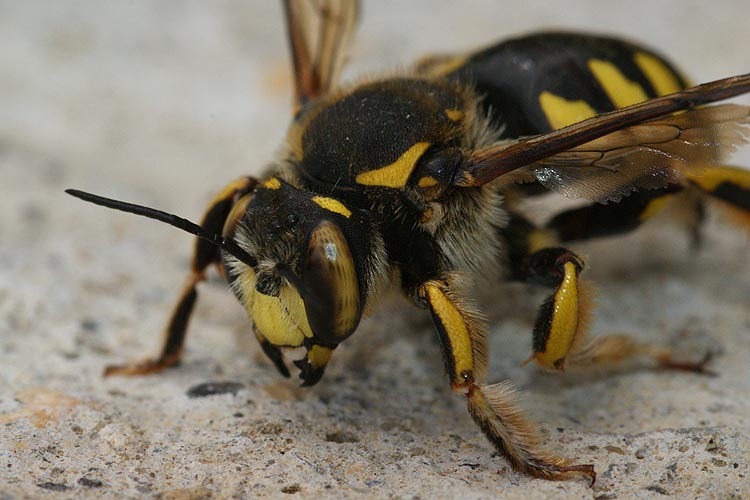
And to close a very seldomn found mining bee , for which we found a colony in our regio Andrena nycthemera. so far it is the only place in Belgium where they were recorded... Hoping to extend the images this spring with less noisy shots ;-)))
